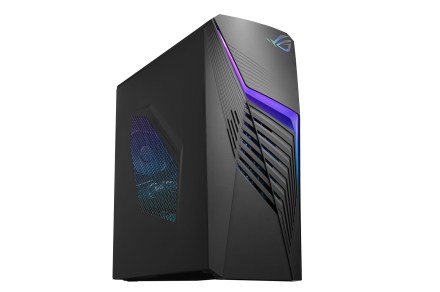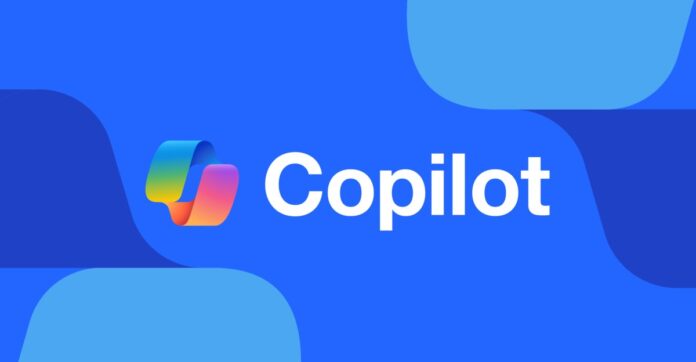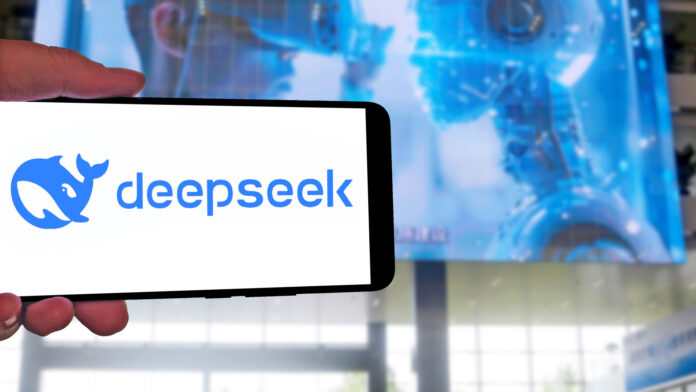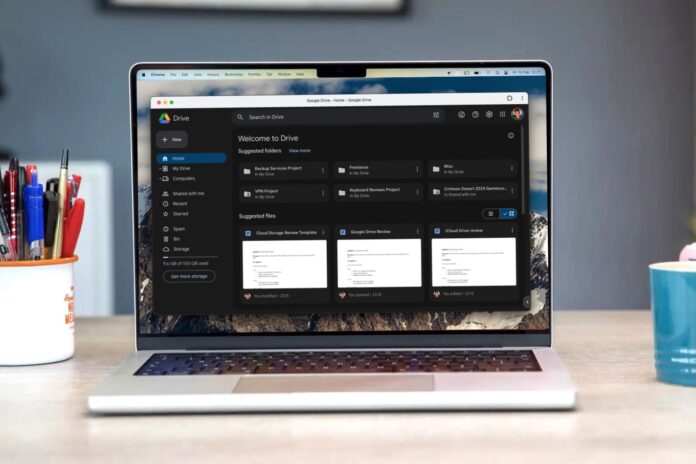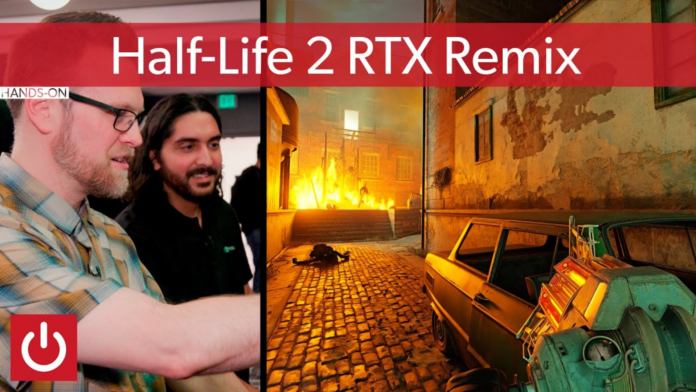Technology
Featured
A Coding Implementation of Accelerating Active Learning Annotation with Adala and...
In this tutorial, we’ll learn how to leverage the framework to build a modular active learning pipeline for medical symptom classification. We begin by installing and verifying Adala alongside required dependencies, then integrate Google Gemini as a custom annotator to categorize symptoms into predefined medical domains. Through a...



